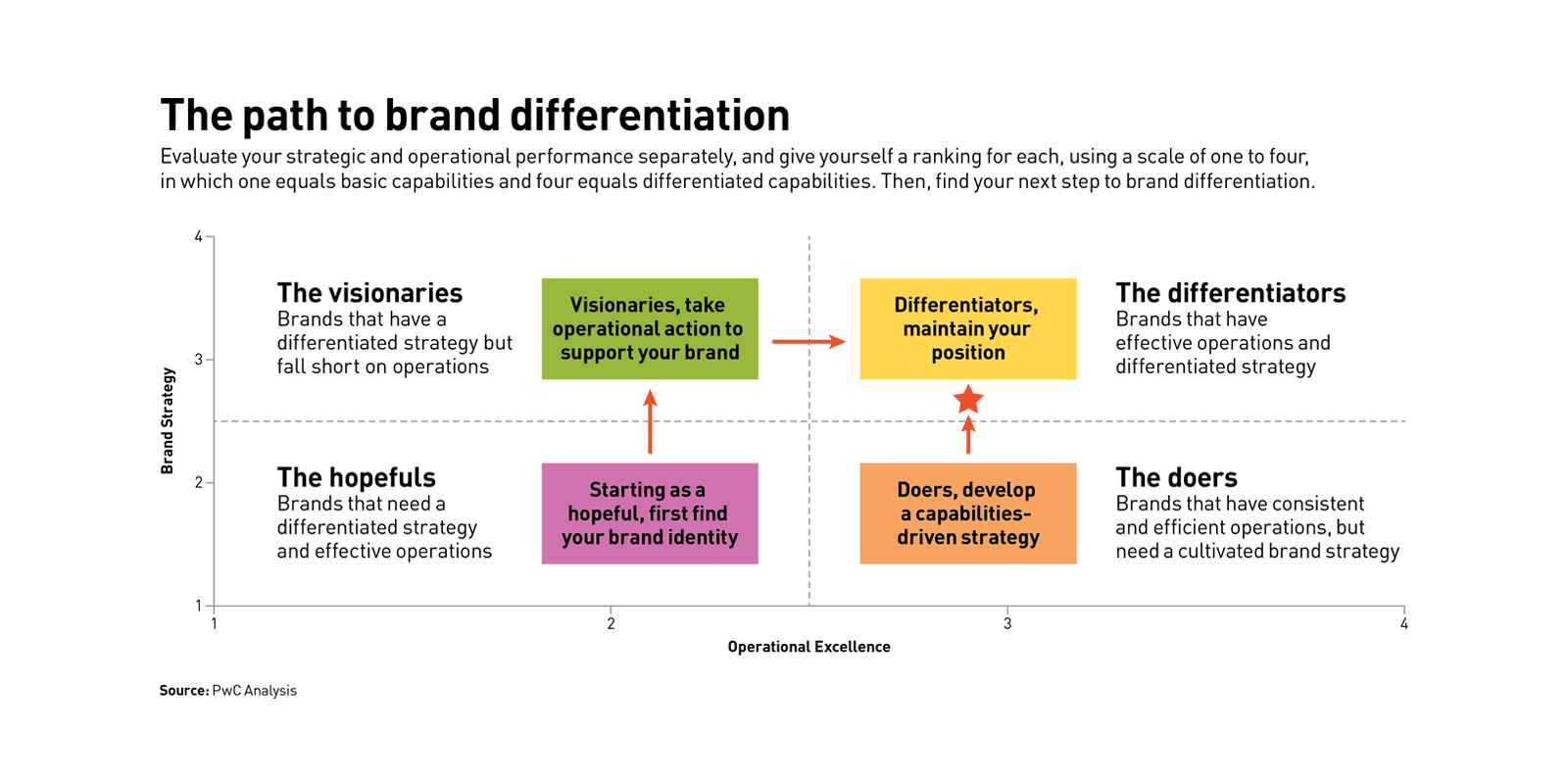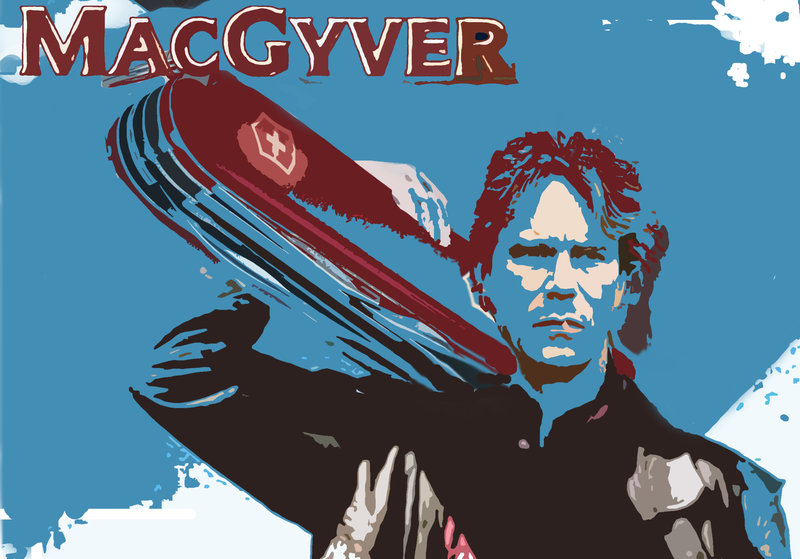Ontem, durante a minha caminhada matinal li este artigo, "
Calçado. Contra a China marchar, marchar".
Fiquei a rezar para que o seu conteúdo resulte de alguma dificuldade de comunicação da APICCAPS com o jornalista.
Qual foi a reacção da classe dos taxistas portugueses à chegada da Uber ao país? Atacar a Uber.
Quando o foco é um concorrente, a energia que se fixa em combater esse concorrente, é energia que não se foca em servir melhor os clientes.
Muita gente, demasiada gente, compara o mundo dos negócios a uma guerra, ou a um jogo. Numa guerra ou num jogo, no fim só pode haver um vencedor. Só que o mundo dos negócios é diferente, o objectivo não é eliminar os concorrentes, mas seduzir os clientes.
No artigo encontro:
"E se há um lema para o futuro próximo, pode resumir-se na frase "Contra a China, marchar marchar". Porquê, porque a Ásia, liderada pela China, responde sozinha por 90% da produção mundial de calçado e este país concentra quase 2/3 de todas as exportações de sapatos."
Verdade, a China deu cabo do paradigma económico do final do século XX em Portugal. Basta recordar este
postal de ontem. Mas como é que o sector do calçado deu a volta? Não foi a competir no terreno que dá vantagem à China. Recordar "
Lesson #1: Do not play a strictly dominated strategy" e recordar Sun Tzu e "A Arte da Guerra" ou Kasparov. Em Outubro de 2006 escrevia
aqui no blogue:
""..., é preciso conhecer a nossa natureza e a do nosso adversário. Reconhecer as forças e as fraquezas de cada um. E assegurar que a luta se processa num território no qual as nossas fraquezas são menos importantes, enquanto que as do adversário são flagrantes."
.
"Se o meu exército tem cavalaria, convém que a batalha seja num vale; mas se a cavalaria for do adversário é melhor que o confronto seja nos montes. Trata-se de encontrar o campo de batalha que potencia a nossa vantagem competitiva e no qual as potenciais vantagens do adversário encontrem contrariedades. Acredito que a maioria das batalhas - na história militar, nos negócios ou no xadrez - são decididas por manobras prévias e que as grandes vantagens competitivas são acumuladas antes da batalha propriamente dita."
.
Por isso é que é um suicídio competir com empresas chinesas no mercado do preço - das grandes quantidades, do básico monótono - desaproveitando oportunidades de negócio assentes na rapidez da entrega, ou em lotes pequenos e sempre variados. Por isso é que acho quase um suicídio, as companhias de aviação de bandeira, meterem-se no negócio das "low-cost", são carne para canhão."
Sim, eu sei que estou a recorrer a metáforas da guerra para as aplicar ao mundo dos negócios.
Como é que o sector recuperou do embate chinês? Competindo pela rapidez, pela flexibilidade, pela variedade, pelas pequenas séries, pelo design.
Por que é que o sector está a sofrer nos tempos que correm? Não é por causa da China, porque a indústria portuguesa fugiu desse campeonato há muito tempo.
Marrocos, Roménia, Turquia, conseguem competir no campeonato da rapidez e flexibilidade com custos mais baixos
Por isso, desafio as empresas a concentrarem-se no quadrante do foco no cliente:
Fugirem das transacções e desenvolverem relações.
BTW, um sector que anda há uma década a vender-se como a indústria mais sexy da Europa acha que os consumidores de moda sexy estão mesmo preocupados com sustentabilidade? Come on.










/https%3A%2F%2Fwww.industryweek.com%2Fsites%2Findustryweek.com%2Ffiles%2FLiouz-chart-1.png)















